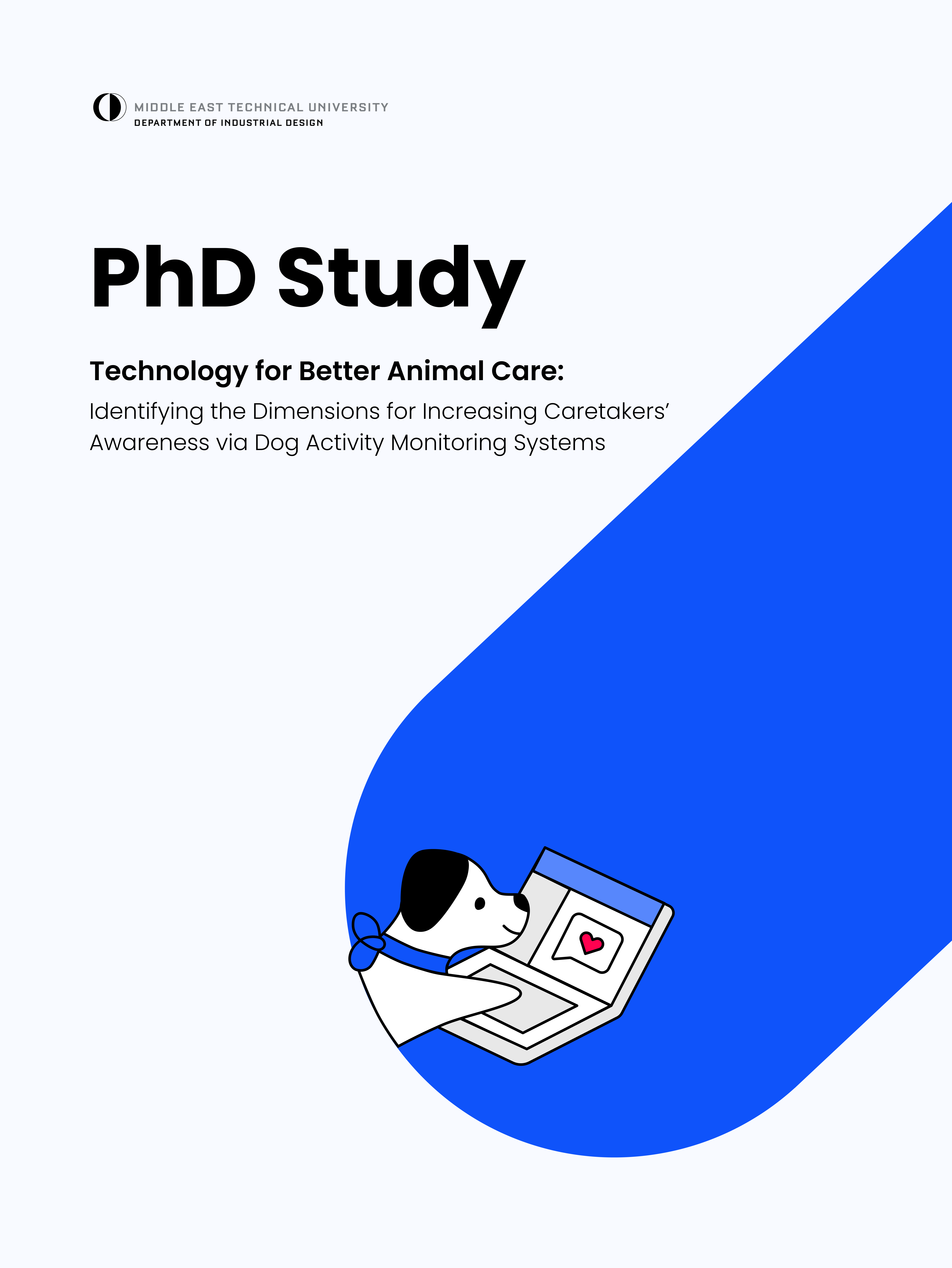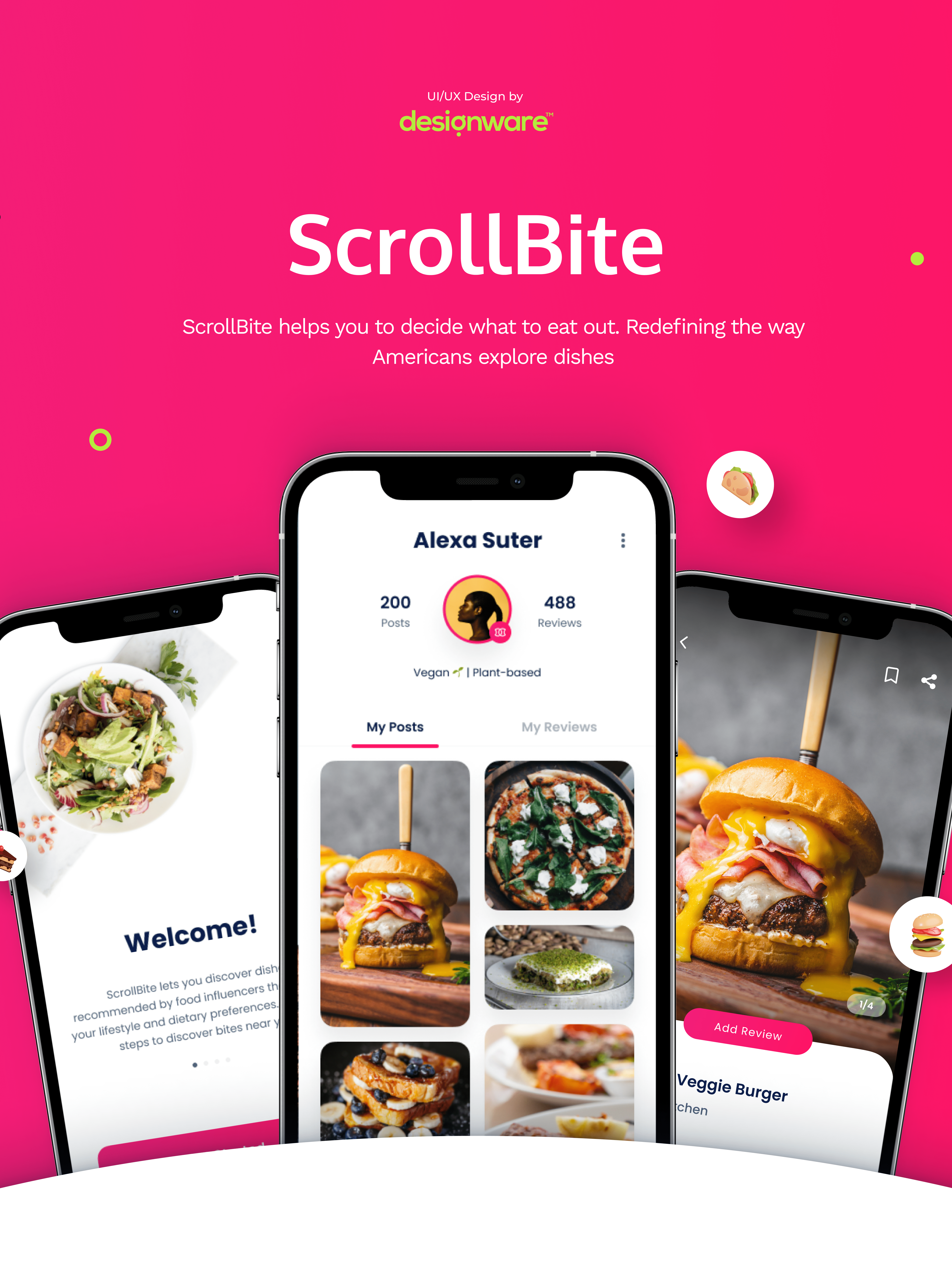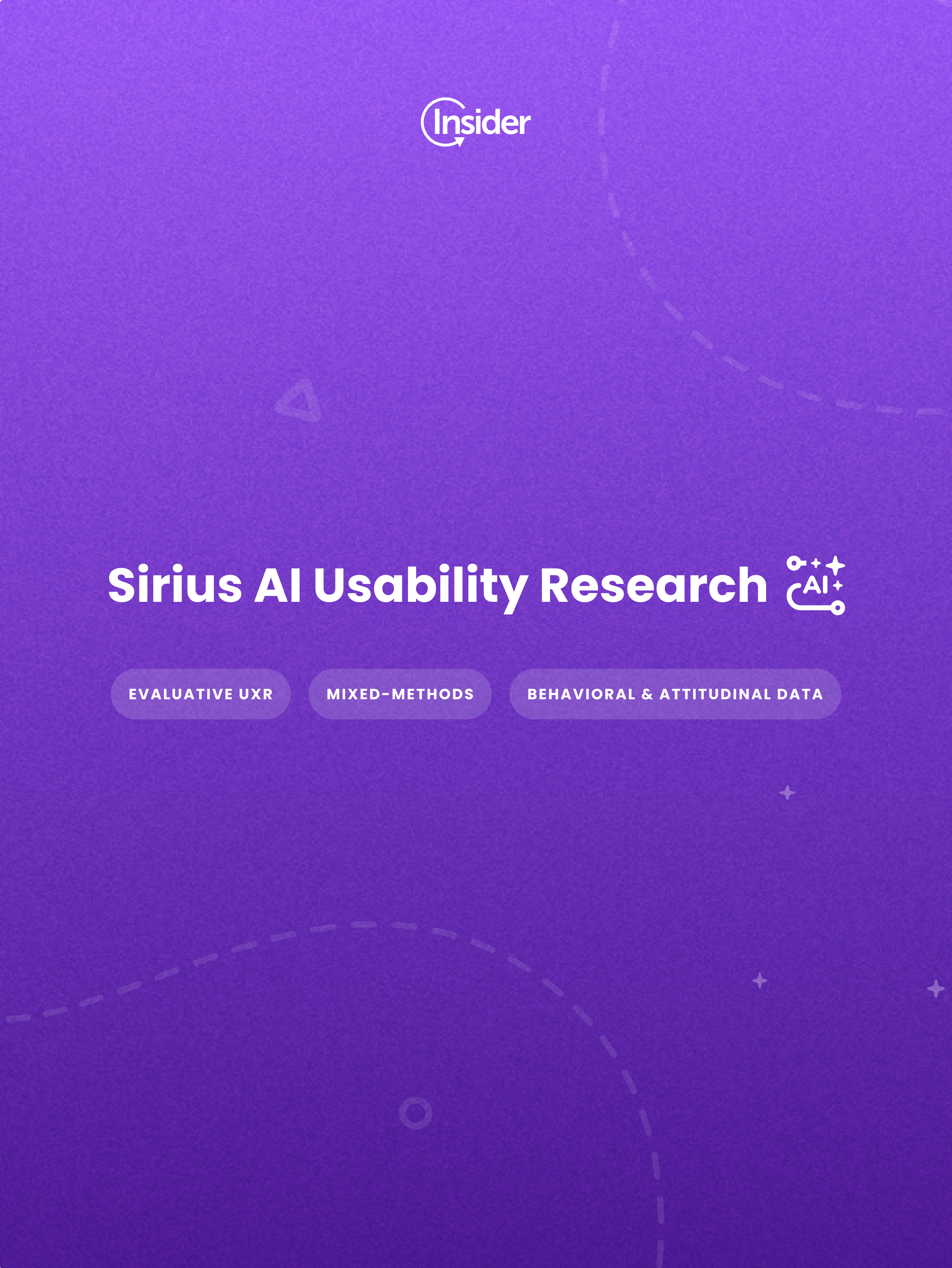The Insight Card
I created this guide to help structure user research findings when sharing them with stakeholders in an executive summary or presentation deck. It’s designed to effectively organize findings and insights from qualitative or mixed-methods studies for clear and impactful communication.
The guide consists of five key sections:
1. Theme – A recurring pattern identified through thematic analysis of qualitative data, related to the intended insight.
2. Insight Summary – A concise sentence or phrase summarizing the key insight.
3. Findings – The essential facts from the study that support the insight.
4. Recommendation – Suggested next steps to address the identified issue(s).
5. Supporting Evidence – Direct quotes from participants, video clips, images, or graphs that support the insight.
2. Insight Summary – A concise sentence or phrase summarizing the key insight.
3. Findings – The essential facts from the study that support the insight.
4. Recommendation – Suggested next steps to address the identified issue(s).
5. Supporting Evidence – Direct quotes from participants, video clips, images, or graphs that support the insight.
You can download the free template below to use as a guide or adapt it for your own research presentations.
The insight card template.
A filled-out example.
Before using the template, let’s revisit the differences between data, findings, insights, recommendations, and assumptions - with some examples. 🔎
Finding/Fact: (from a retail website) Our data shows that while our traffic is steady, our conversion rate is in decline.
Insight: (if based on real data) Customers are still coming to the site, but they’re no longer buying because the site isn’t inspiring for them.
Data point: One interview participant said: “My whole life revolves around my smartphone.”
Insight: (if based on real data) Today, people see digital assistants as a novelty rather than necessity, so they don’t feel compelled to purchase a Nest device.
Opinion/Assumption: Because the value propositions aren’t clear, people will be more likely to buy digital assistant devices if we lower prices.
Finding: There appears to be higher demand for digital assistants and services in emerging markets.
Finding/Fact: The average monthly household income in India is lower than the cost of a smartphone, such as an iPhone.
Recommendation: Given the demand for voice-activated smartphones, we should heavily focus on developing new voice-activated features.
That’s it! Thanks for sticking with me this far. Now you’re all set to use the template - happy researching! 🥳



